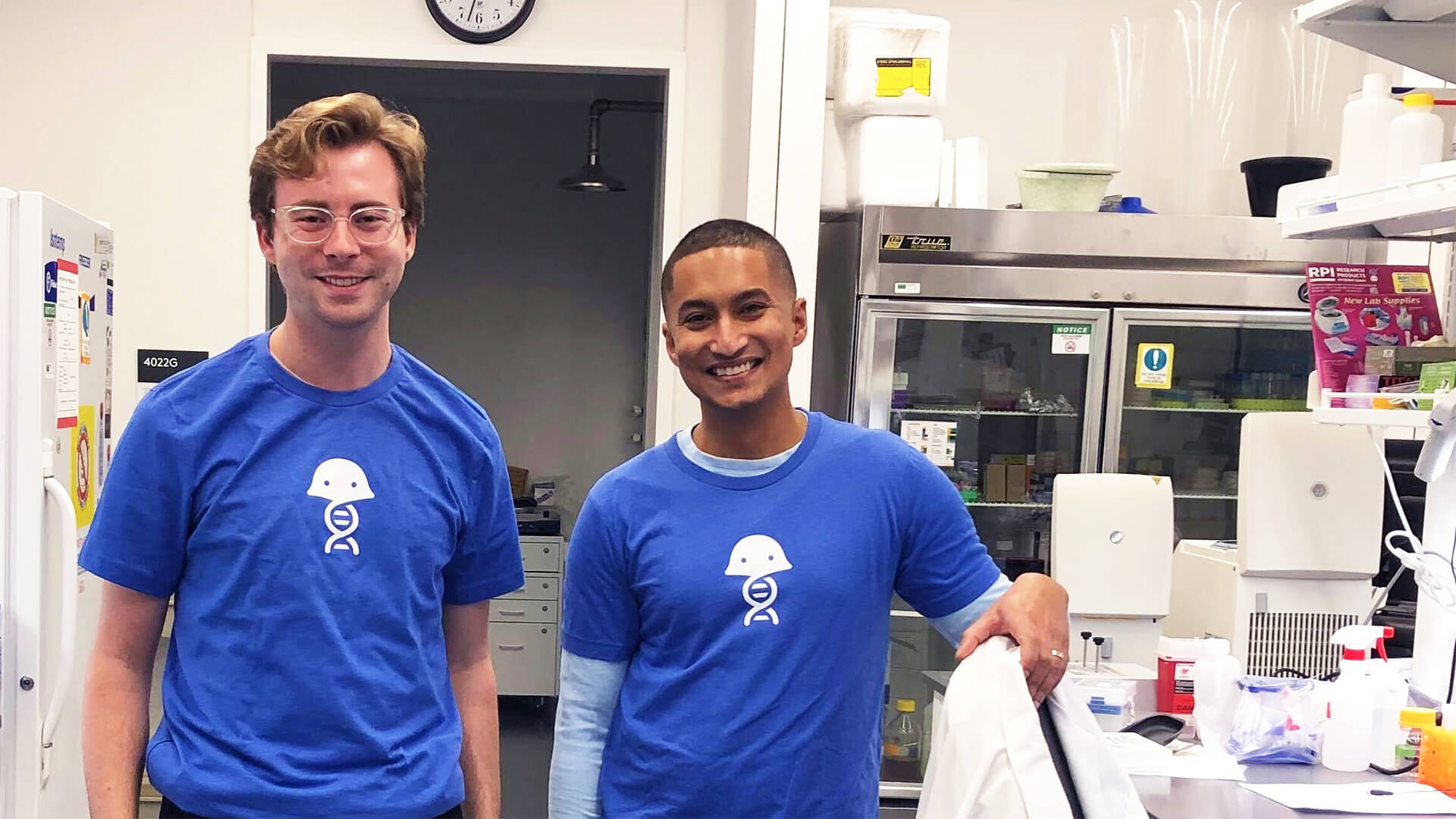How the Wittkopp Lab solves genetic sudoku with Benchling

The Wittkopp Lab at the University of Michigan is on a mission to investigate the genetic basis of phenotypic evolution. If you ask Mo Siddiq, Ph.D., who joined the lab as a postdoc in 2019, they’re doing genetic sudoku — piecing together the unknown mysteries of genomes and learning how minute changes in the DNA contribute to the variation we see within and between species.
Their lab studies evolutionary processes that lead to variation between different cell types. They correlate these differences back to genetic and molecular mechanisms that affect gene expression, and determine how trans / cis regulatory sequences can impact gene expression and ultimately lead to evolutionary diversion.
I had the opportunity to chat with Mo to learn how their team managed thousands of custom plasmids and primers, all while navigating a completely different lab environment during the pandemic.
Finding historical data and collaborating in an altered lab environment
The pandemic changed Wittkopp’s lab environment significantly. When it hit, the brand-new, open floorplan Biological Sciences Building that was once a lively, collaborative environment became a gridlock of restraints and safety procedures. Members of the Wittkopp Lab who were there for years left the group, taking institutional knowledge of protocols and reagents with them.
Another challenge was simply the nature of their work: it involves designing and using hundreds of custom plasmids, and even more primers — over 5041 primers at last count! Each primer is unique, varying in purpose, the organism it relates to, and its location on the genome. Keeping track of each of these, the naming conventions, and how they were used was labor-intensive before the start of the pandemic. With the changing lab members and loss of institutional knowledge, it became nearly impossible.
The pandemic also affected Mo’s ability to mentor his undergraduate, Nick Brown. Social distancing did not allow them to work in the lab side by side, as typical when training new scientists. Instead they worked in shifts with only one being at the bench at a time. With both working on the same project and designing primers and plasmids to analyze the S. cerevisiae (yeast) genome, they needed to understand how the molecular pieces they were constructing related to one another.
Streamlining data with a modern Dewey Decimal System
Mo needed a solution for curating a library of historical reagents and data and for precisely communicating the intricate steps of his research with Nick and other younger lab colleagues. He turned to Benchling since he had used it during his graduate studies and knew it could help solve these exact problems.
He knew he could create a modern "Dewey Decimal System" for his lab through easy-to-locate and shareable plasmid and primer entries in Benchling. This system would allow anyone in the lab to see step-by-step how projects were progressing, when and how each part was created, and the relationship of the molecular products to the genomes they’re studying.
With Benchling, Mo and Nick are able to understand where each of the primers and plasmids they create relate to the genomes they study without worrying about being redundant or wasting funds. When experiments hit stumbling blocks, they can efficiently identify the steps and reagents that need to be modified. They can easily share their findings amongst each other and work together to solve the puzzle that is the evolution of gene regulation.
Revolutionizing data management and collaboration with Benchling
Since Mo implemented Benchling, it has taken over the Wittkopp Lab and revolutionized their data management. The beauty of Benchling is the flexibility it allows for researchers to maintain their desired workflows while being able to communicate with each other on a common level. The entire lab uses Benchling Molecular Biology to build their primers and plasmids to share back and forth. Not everyone has moved their notes onto the cloud yet, but this doesn’t stop them from being able to work together effectively.
We often share the plasmids we create through Benchling links on Slack. This allows everyone to easily see the data they need, while not changing their preferred workflow.
When asked to choose their favorite features of Benchling, Mo said it was tough to pick, but he loves the ability to have a standard annotation library across the lab for consistency. Nick said his favorite is the Primer Wizard, which lets him quickly determine G:C content and primer effectiveness.
I once had to manually create a primer in a lab course, and it was a nightmare!
The Wittkopp lab works together to solve evolution’s complex questions by building detailed libraries of DNA variants and characterizing regulatory effects. Using Benchling to manage their data, they are able to organize libraries and share their findings faster than ever before. Their sudoku may be more complex than a number puzzle, but Benchling makes solving their puzzle easier.
Learn more about modern sequence design and analysis with Benchling Molecular Biology.
Powering breakthroughs for over 1,300 biotechnology companies, from startups to Fortune 500s
